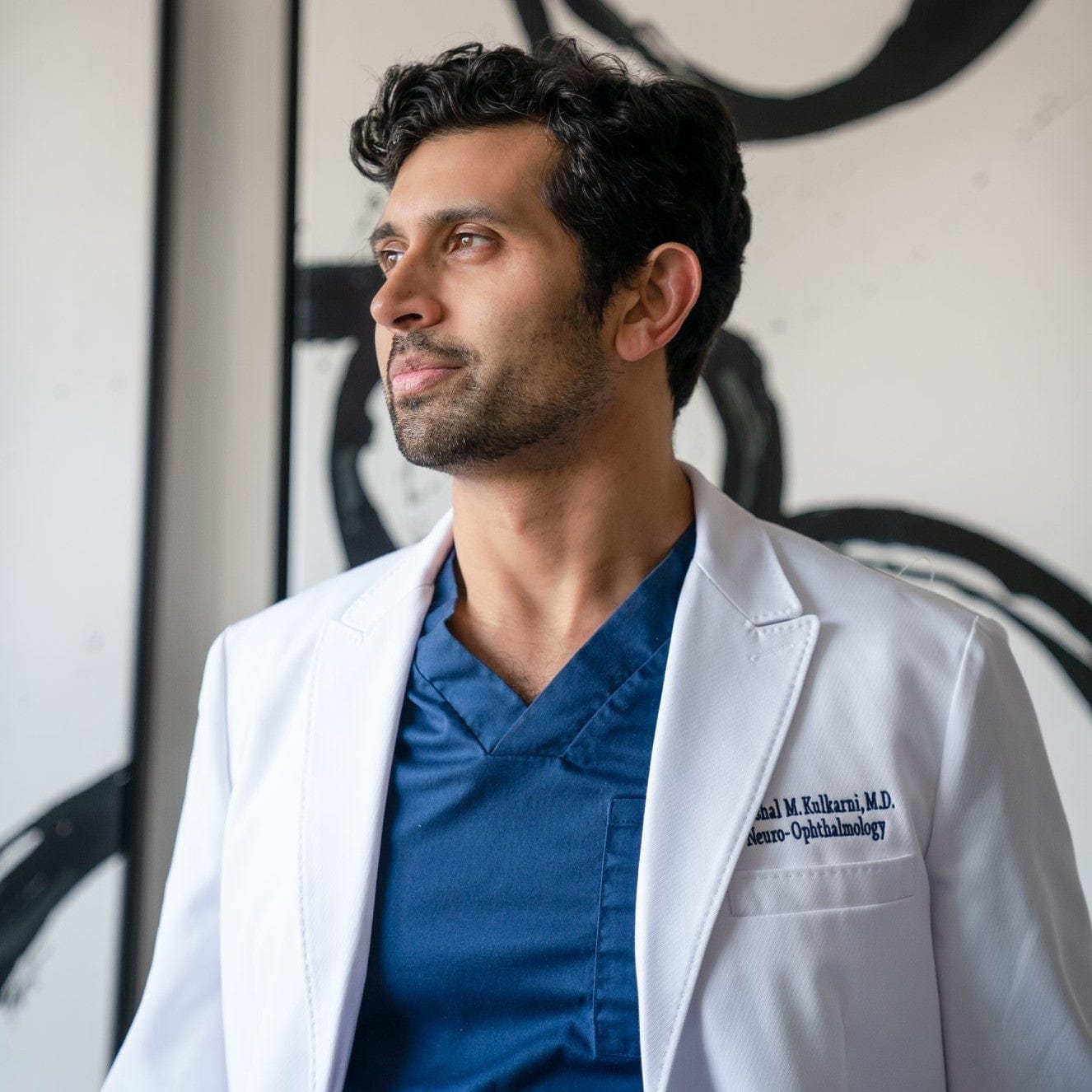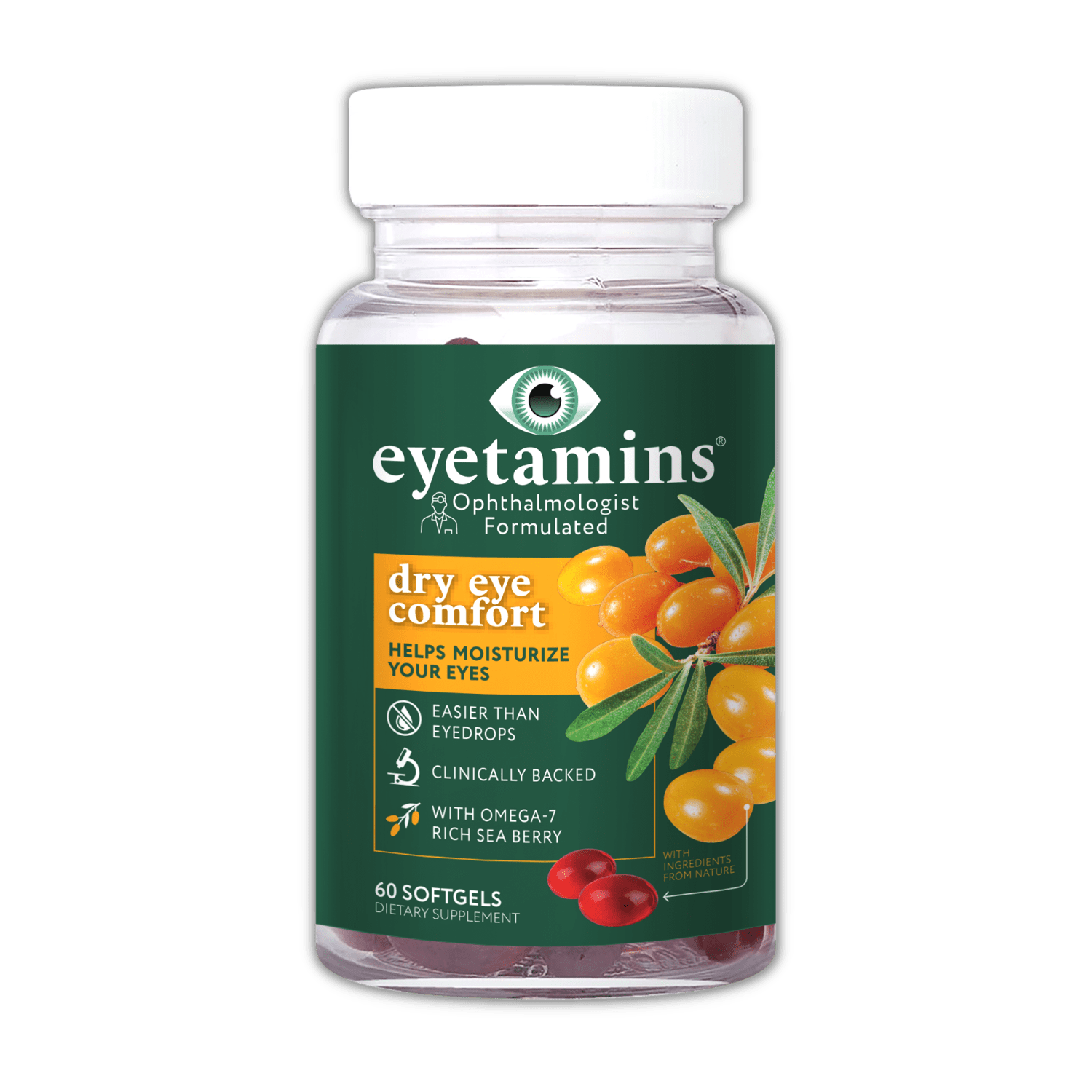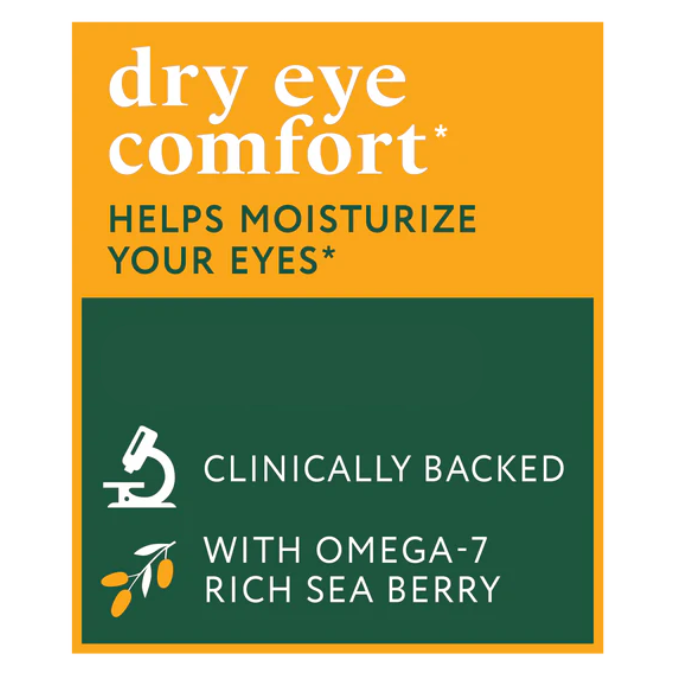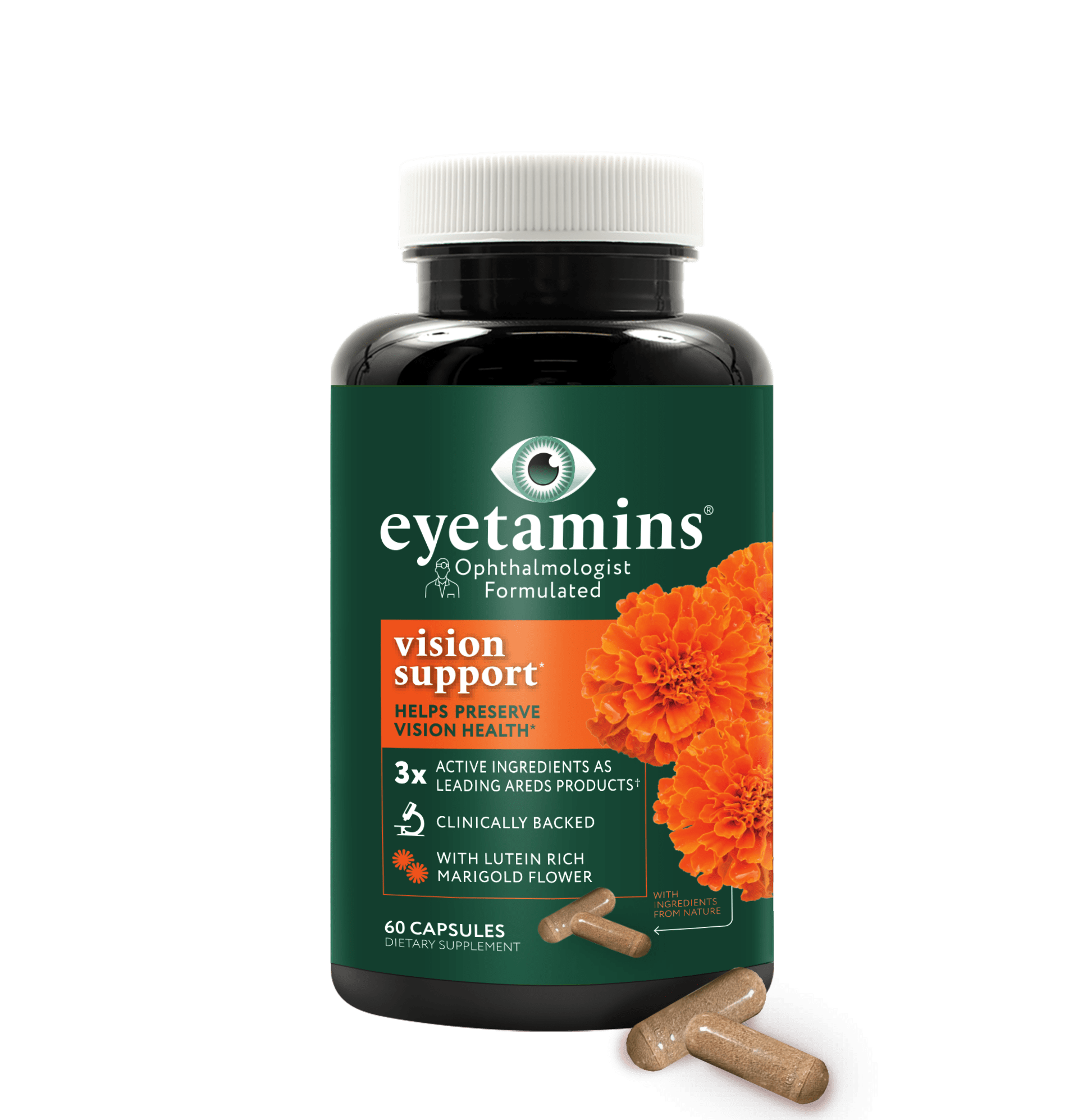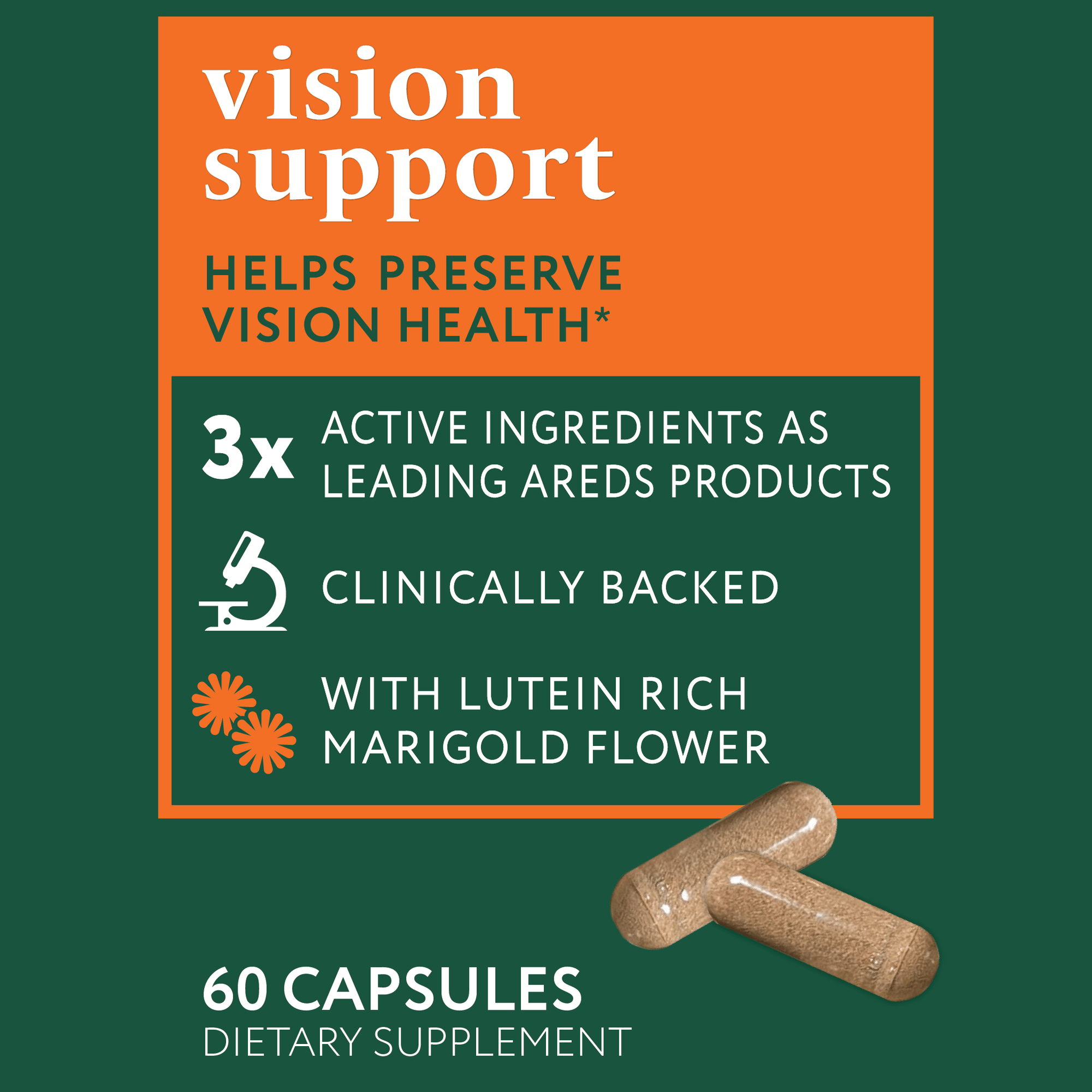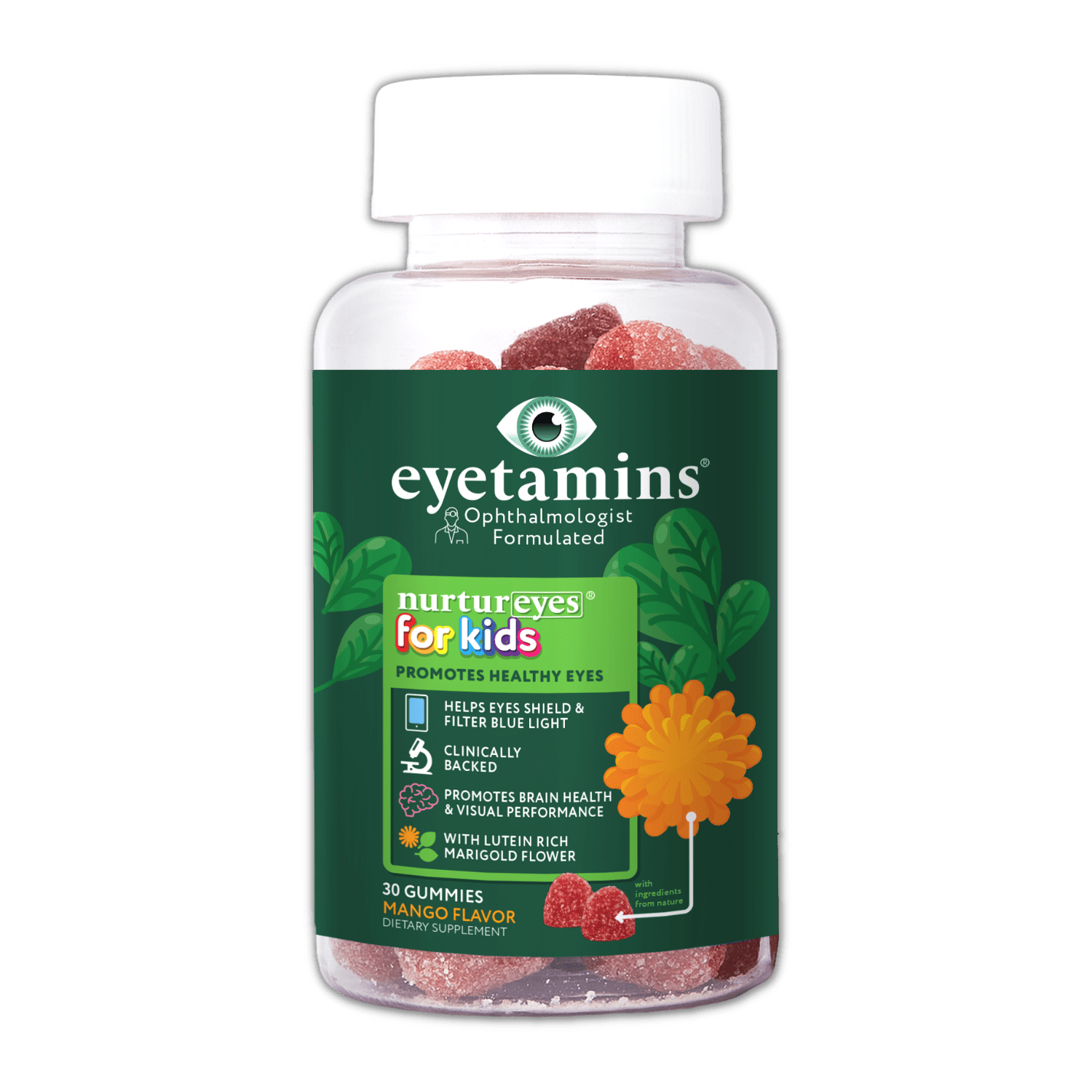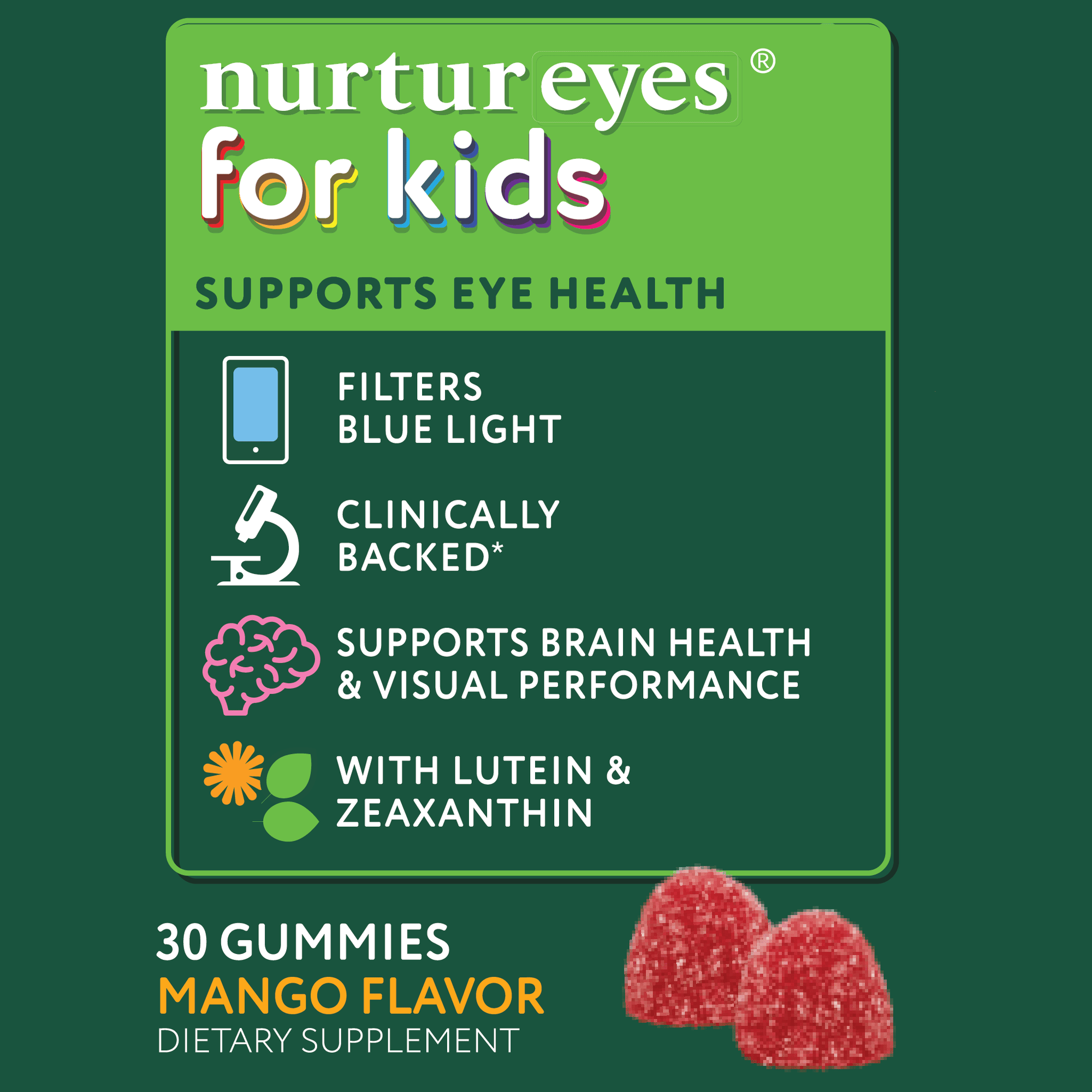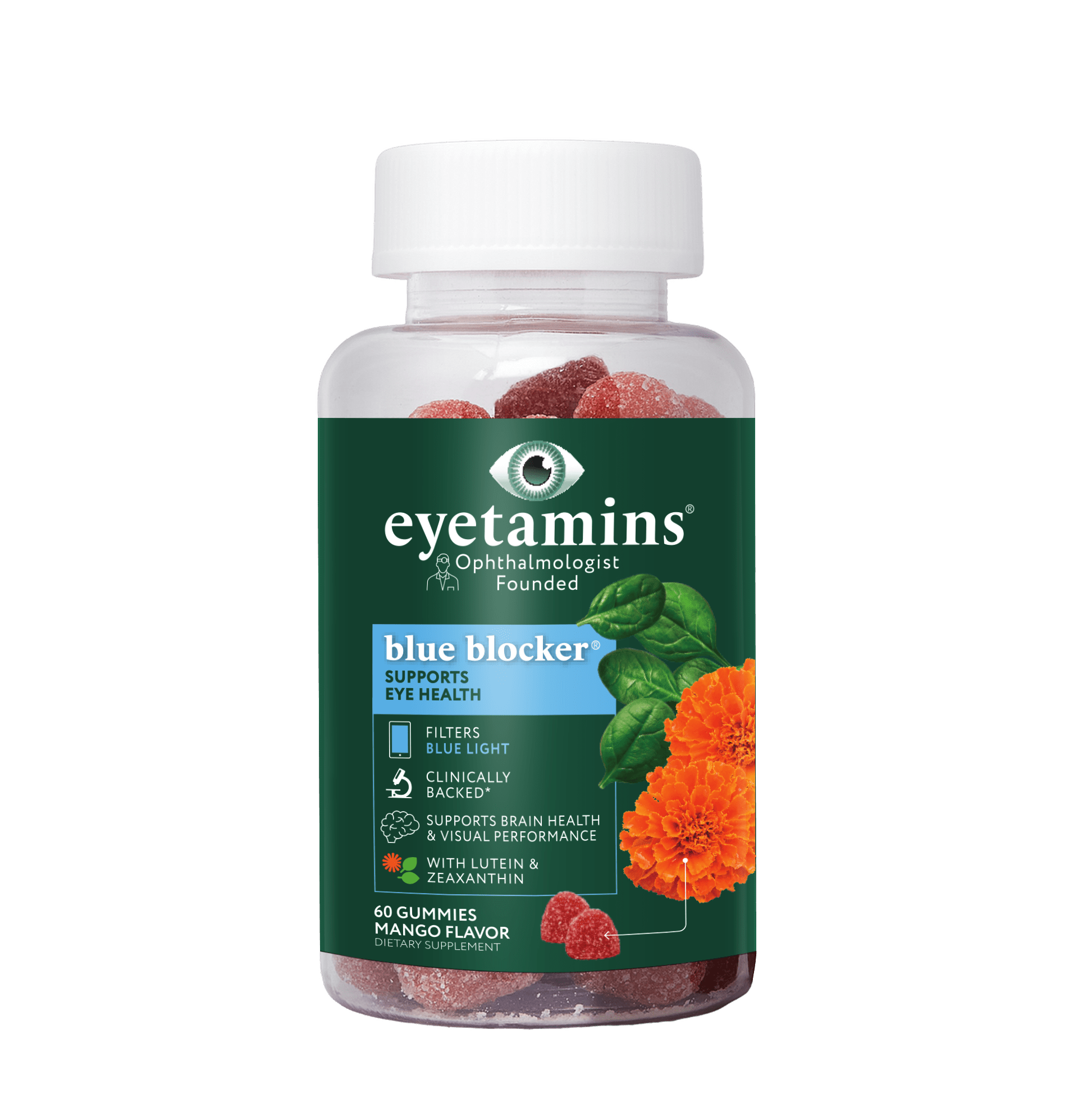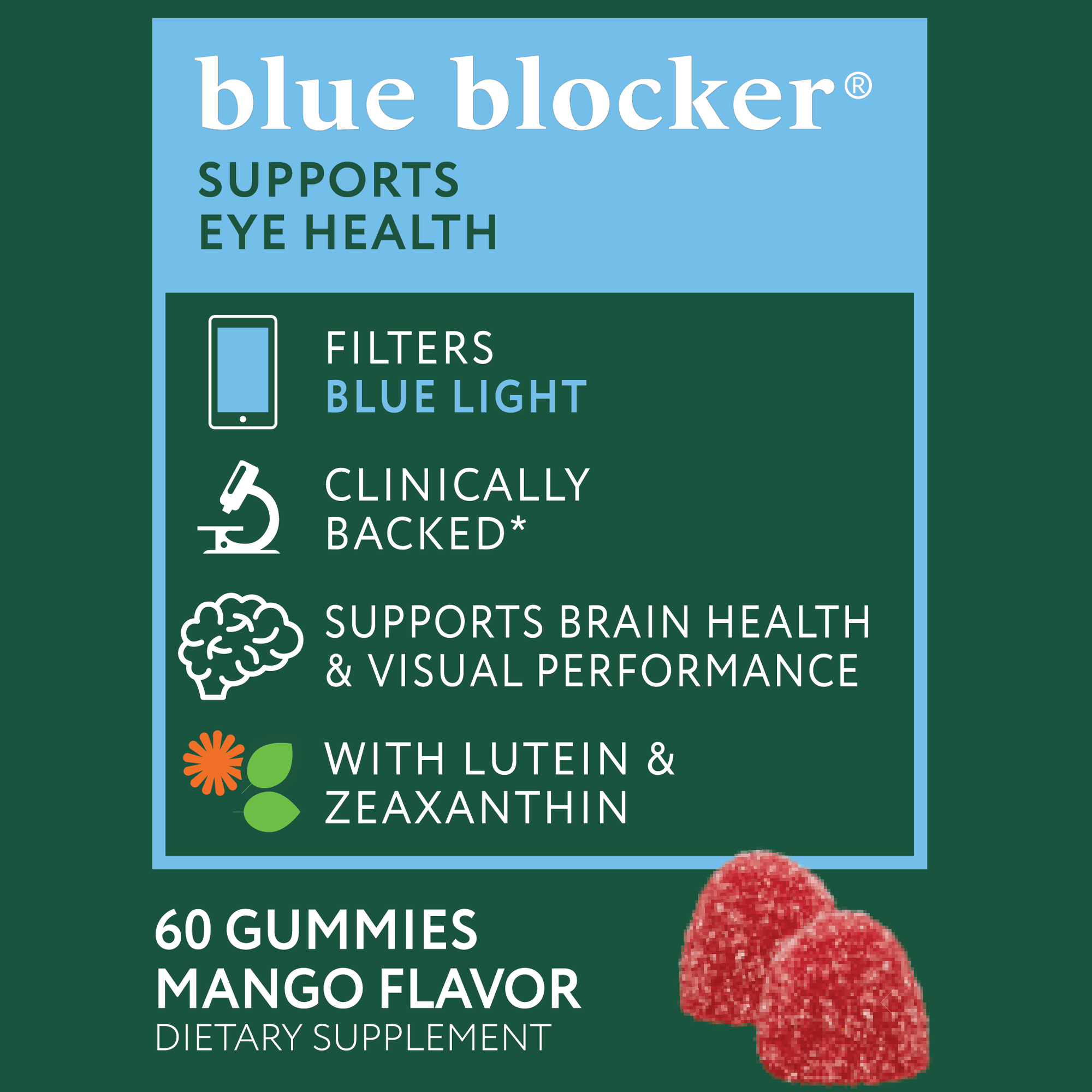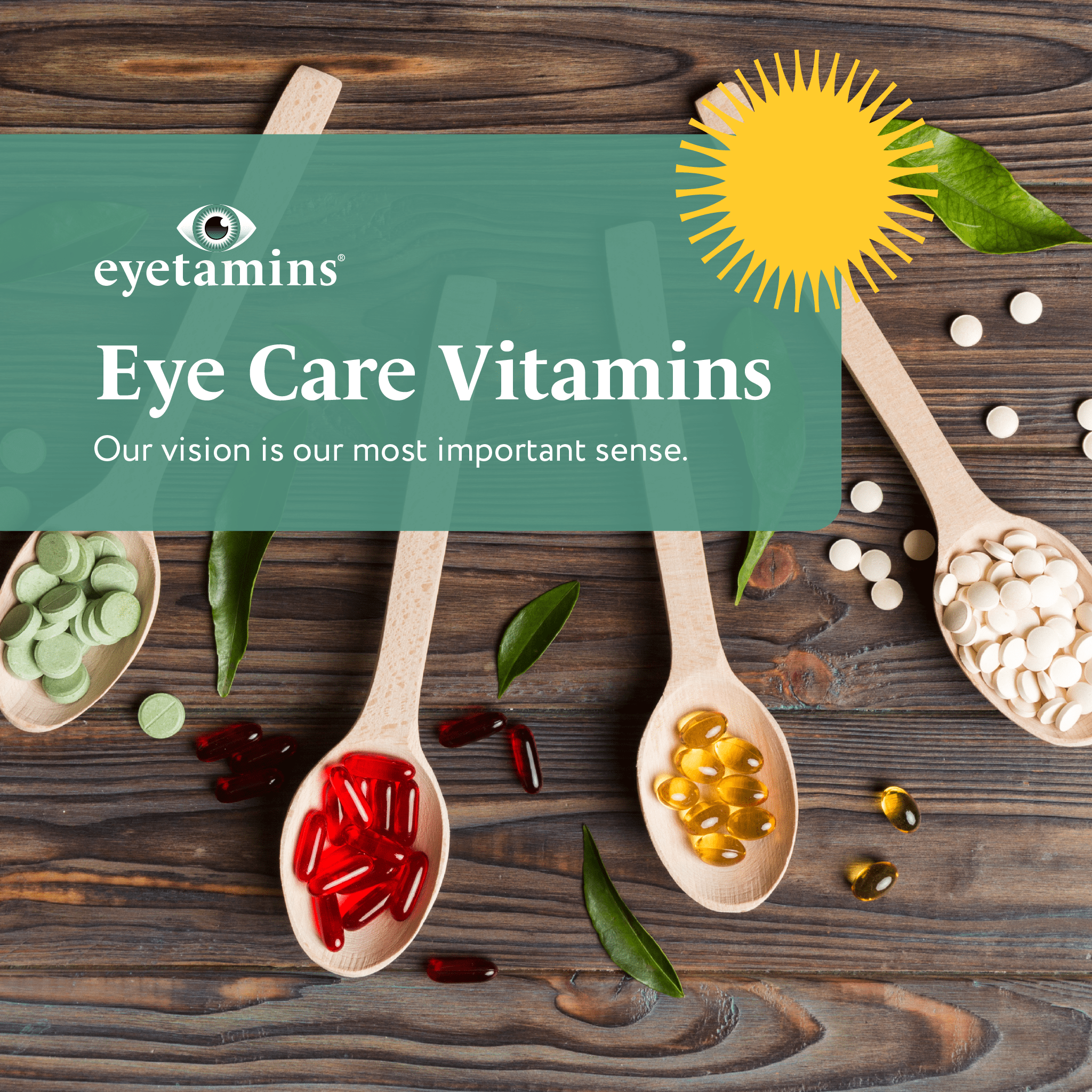· By Dr. Kaushal M. Kulkarni, M.D.
What Eye Diseases Are Common?
Nobody wants to suffer from ocular issues. However, knowing and understanding common eye diseases can help you keep them from happening to you. In this article, we will discuss some of the most common, as well as talk about what you can do to prevent them.
Common Eye Diseases
Myopia/Nearsightedness: Myopia is a condition in which objects far away are blurry, but you can see objects near you. This happens because the way the eye is shaped causes light rays to bend incorrectly. As a result, images are focused in front of your retina rather than on your retina. This condition occurs in more than 40% of Americans, and this number is rapidly rising at the moment, mostly in children.
Hyperopia/Farsightedness: Hyperopia is a condition in which closer objects are blurry, while distant objects look more clear. This occurs when the eye doesn’t bend or refract light to a single focus. This condition affects about 25% of the population. Common vision screenings do not often catch hyperopia because the person can see the distance chart clearly, but are not tested effectively from a near distance. Comprehensive exams, however, will include the right testing for hyperopia.
Astigmatism: This condition occurs when a refractive error occurs in the eye which causes it to not focus light evenly on the retina, resulting in distorted or blurry vision. Not only that, people with astigmatism will experience ocular strain, headaches, and blurriness while driving at night. Undergoing refractive surgery allows patients to permanently change the ocular shape. This condition occurs in people of all ages and affects between 30 to 60% of adults in Europe and Asia.
Dry eye: Dry eye disease happens when you don’t produce enough tears, or they are of poor quality. This condition happens in 5 to 34% of people of all ages. However, it affects 70% of the elderly population.
Cataracts: Cataracts can develop due to aging, injury, ocular surgery, or medical conditions like diabetes. These things change the tissues that make up the ocular lens, causing an opaque or cloudiness and decrease in vision. People with cataracts will experience faded colors, blurry or double vision, halos, trouble with bright lights, and seeing at night.
Diabetic Retinopathy: Nearly 1 in 3 people with diabetes have diabetic retinopathy. This condition describes damage to the blood vessels in the retina. There may be no symptoms or simply mild vision problems. Non-proliferative retinopathy is the most common and doesn’t usually threaten sight.
Macular Degeneration (AMD): Also known as age-related macular degeneration, AMD is a condition that could result in blurred or lack of vision in the center of the field of vision. About 11 million American have some form of AMD right now, and that number is expected to double by 2050.
Glaucoma: Glaucoma describes a group of ocular conditions with optic nerve damage usually caused by abnormally high pressure in the eye. This is one of the biggest factors for blindness in adults over 60. Right now 3 million Americans have glaucoma, most of them affected by open-angle glaucoma, which is the most common form.

How to Catch Common Eye Diseases Early
There are a few things you can do to prevent some of these common diseases. Let’s explore.
Family history: Find out if any of these conditions are prevalent in your family. If diabetes or high blood pressure runs in your family, it is a good idea to regularly monitor your health. Also, keep in mind that being over the age of 60 can increase your risk of many dangerous ocular conditions.
Get regular physical exams: It is wise to get regular physicals checking or diabetes or high blood pressure, especially if it runs in your family. Catching it early may prevent vision loss associated with diabetic retinopathy, AMD, or ocular strokes.
Notice changes in your vision: If you experience double or hazy vision, see continuing flashes of light, floaters, have ocular pain or swelling, you should see your doctor immediately. These are all warning symptoms or potentially serious problems with your vision.
Engage in frequent exercise: Not only is it good for our overall health, but exercise can also benefit our vision. Some studies have suggested that going on regular brisk walks can reduce the risk of AMD by as much as 70%.
Wear sunglasses: When you are outside during the daytime, it is a good idea to wear sunglasses that protect you from UV light. Doing so can reduce your risk of getting cataracts, pinguecula, among other issues. Make sure you use sunglasses with UV-absorbing coating.
Wear blue blocking glasses: By wearing blue blocking glasses, you can help keep out blue light and reduce eye strain on your eyes.
Get a yearly eye exam: Having a professional perform a comprehensive exam is one of the best things to catch any problems early. This could drastically reduce the damage that may be done to your vision. Additionally, these exams will ensure your glasses or contacts are right for your current state of vision. Comprehensive exams test things like visual acuity, pupil dilation, blind spots, ocular pressure, depth perception, and ocular motility.

Don’t smoke: Smokers have a greater risk of developing AMD, cataracts, uveitis, and many other issues.
Eat healthy: A diet rich in antioxidants may help reduce the risk of cataracts. You can find antioxidants in plentiful and varied fruits and vegetables. You can find omega-3s in fish, nuts, and seeds. Not only is it important to fill your diet with these healthy foods, but it is also helpful to supplement your diet with vitamins to ensure you are getting all the beneficial nutrients. Doing so will keep you healthy and help support your vision and eye health.

Better Prevention Than Treatment
The sheer number of people with eye diseases is staggering. We don’t want you to be one of those numbers. Staying vigilant with your health is the best thing you can do to prevent these diseases from occurring.
Implementing supplements into your daily regimen now can help. We encourage you to invest in your future health by exploring our wide-range of beneficial supplements.

